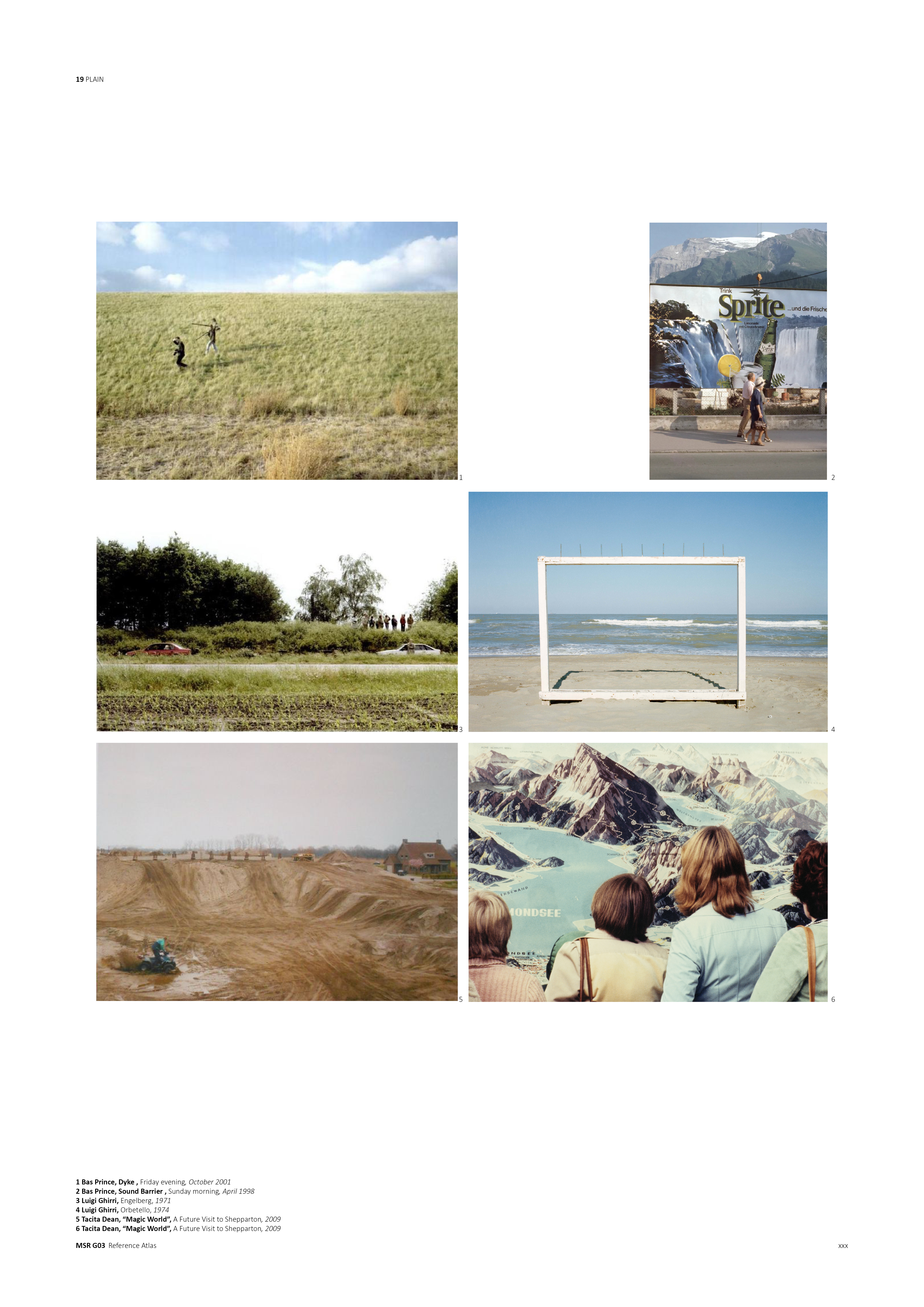Signs beam optimism as they flash down the highway. “A more inspiring natural environment.” The future glimmers with the promise of “urban living with a country feel.”
In groups of two, or three, they depart the bus, taking stock of themselves and their devices. The label reads Canon EOS R6. It clicks, recording imprints made to the landscape. The grassland reserve, beyond the fence, extends to the horizon. It is publicly owned, yet not accessible, sunk in a legal quagmire. Above them, powerlines fly over the fences, anticipating connections between thousands of people they will never meet.
The grasslands are re-interpeted by the vehicular, blazing speed renders the vast expanse legible, traversable, consumable. Billboards are the currency of image; their facades interrupt the flatness of the landscape.
Beyond the horizon, bounded by a future highway, skeletons of pre-packaged houses are assembled. They are in a rush. It is urgent they are completed soon. People will come here, driven by desires they can’t quite articulate. The signs boast a connection to nature that will be forgotten immediately once these structures are complete.
They feel their scale swallowed by the landscape. Fingers pinch screens, attempting to locate themselves in a location unnamed, not yet bestowed with silicone significance. For now, wallaby grass and spear grass predominate.
They look out onto the horizon. At some point, the surface of the plains was broken. Native species replaced with industrial creatures, hungrily feasting on ancient geological remains. They can’t yet see the crowds, navigating to this place from far and wide.
By the third departure from the bus, the groups of two, or three are disoriented, weary. Their visit to the grasslands is not yet complete, for they will visit it again (virtually) before they next arrive.

 Proposal >
Proposal >WIP >